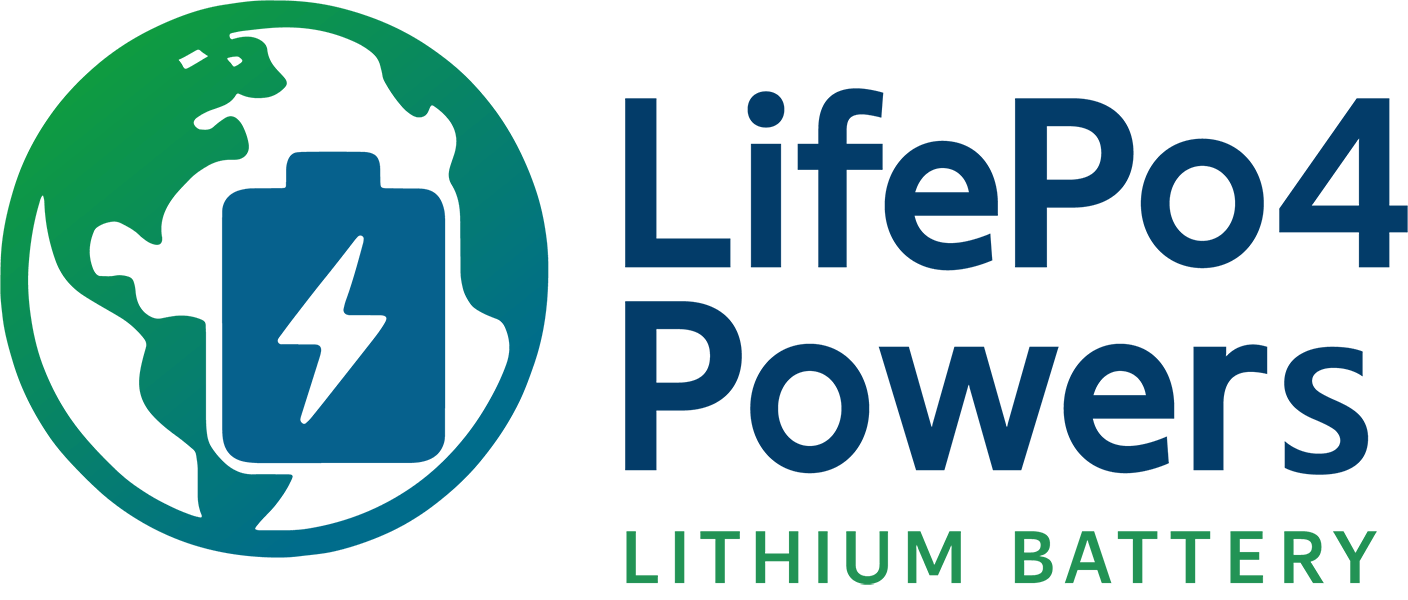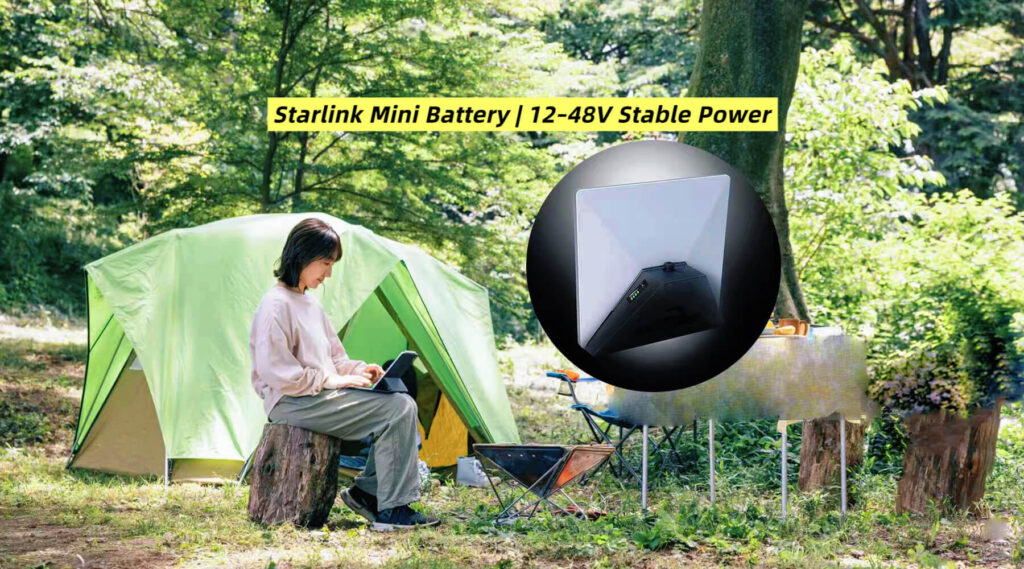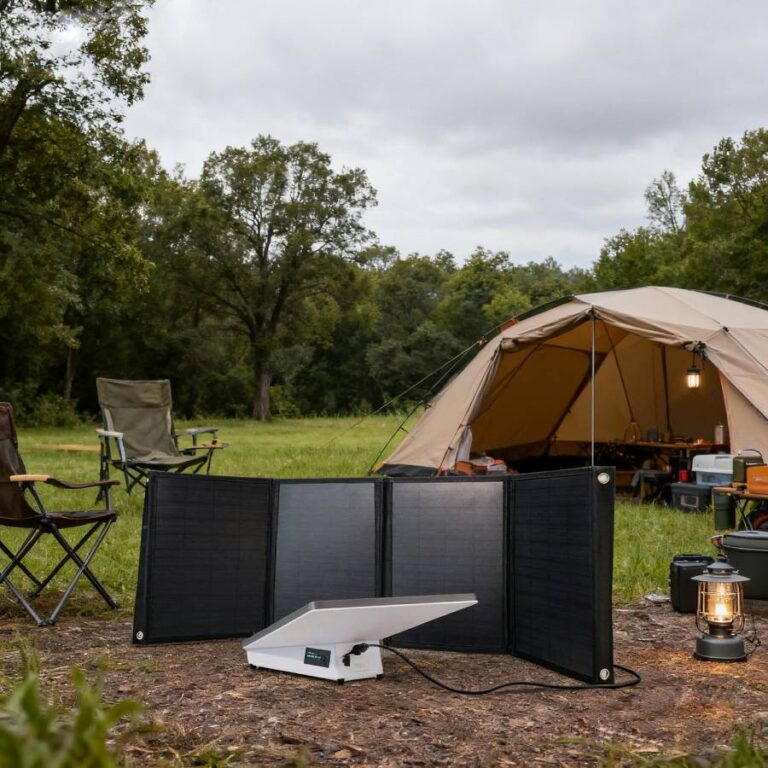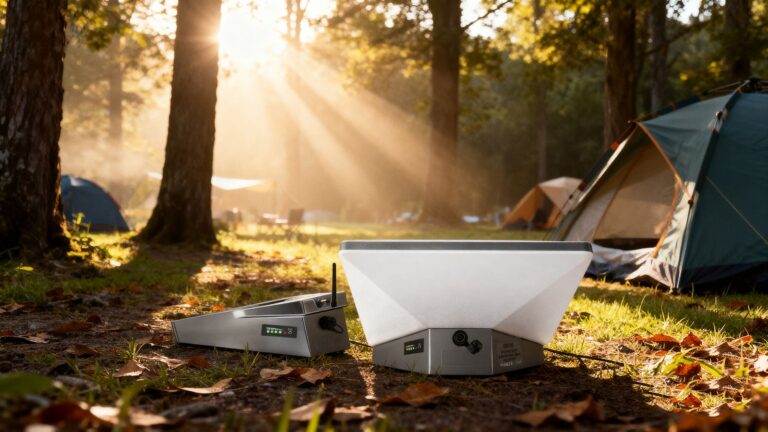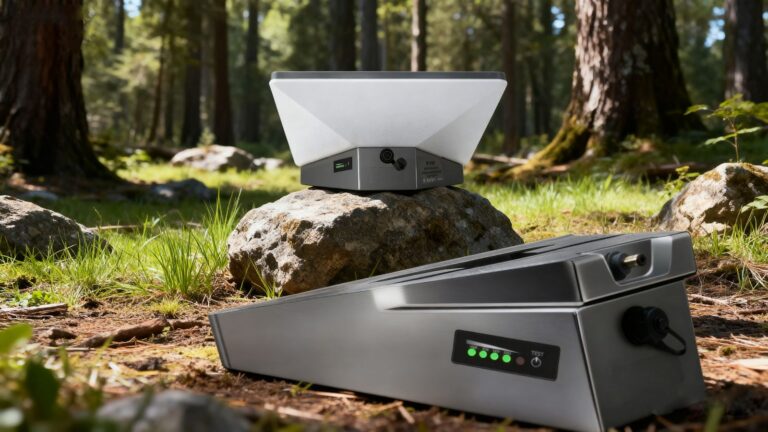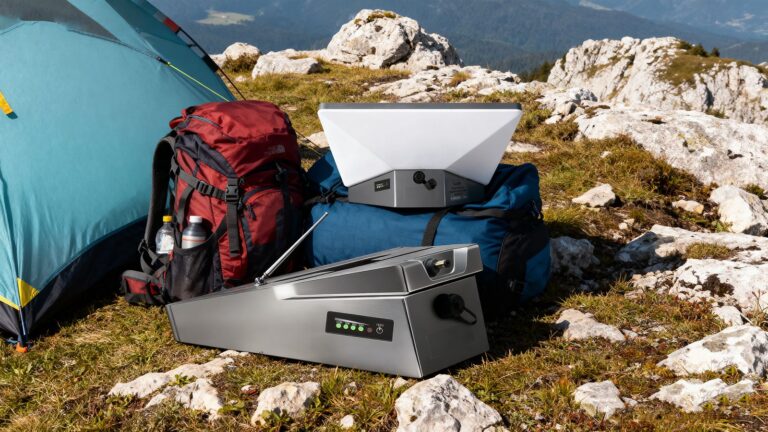How Do You Power a Starlink Mini Correctly in the Field?
Your Starlink Mini can be mission-critical in the field. From emergency response teams to telecom maintenance crews, uninterrupted satellite broadband can mean the difference between success and failure.
But here’s the hard truth: most unexpected dropouts, sudden reboots, or unstable connections come down to one culprit—bad power management.
This Starlink Mini power input guide explains why understanding its 12–48V, 60W input requirement is the only way to guarantee reliable performance in the field. Let’s break down the technical requirements and the best practices that ensure your Starlink Mini never fails when you need it most.
What Are the Starlink Mini’s Core Power Requirements?
At first glance, the specs look simple: 12–48V DC, up to 60W peak draw. But if you’ve ever seen a Starlink Mini reboot in the middle of a field operation, you’ll know those numbers matter.
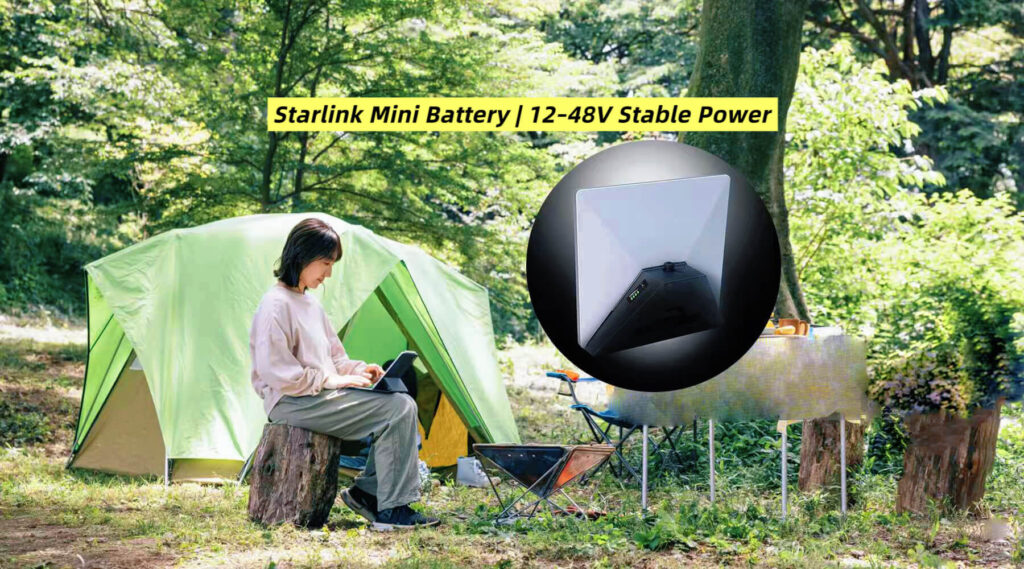
According to the official Starlink specification sheet, the system requires:
- Stable DC input between 12V and 48V
- Capability to supply up to 60W during startup spikes
- Average draw of 25–40W during normal operation
This means:
- At 12V, the dish can pull up to 5 Amps.
- At 48V, the same 60W spike requires only 1.25 Amps.
The key formula here is:
Power (W) = Voltage (V) × Current (A)
And that simple formula has very real consequences in the field. At low voltage, current spikes are much higher, cables heat up faster, and voltage drop becomes a bigger problem.
Why Higher Voltage Means More Stability
When powering your Starlink Mini:
- 12V systems are convenient for cars and vans but require thicker cables (14 AWG or better) to avoid voltage sag.
- 24V systems cut the current in half, reducing stress on the wiring.
- 48V systems are the most efficient—perfect for telecom sites or home energy storage systems where cable runs are long.
| System Voltage | Max Power | Max Current | Cable Requirement | Ideal Use Case |
|---|---|---|---|---|
| 12V | 60W | 5.0A | Thick cable (14 AWG or larger) | Vehicle integration |
| 24V | 60W | 2.5A | Medium gauge cable | RVs, off-grid setups |
| 48V | 60W | 1.25A | Thin cable, minimal drop | Telecom, ESS |
If voltage at the dish input drops below ~12V, your Starlink Mini will shut down instantly. That’s why higher voltage systems are so reliable for field ops1.
Which Power Sources Are Truly Compatible?
Not all power banks, batteries, or adapters are created equal. Many teams waste time troubleshooting dropouts only to discover the issue was an underpowered source.
The “Any USB-C Works” Myth
USB-C Power Delivery (PD) is a negotiation protocol. A standard 5V phone charger will never power your Starlink Mini. You need:
- PD 3.0 or higher
- Explicit 60W+ profile support
Without this, the Mini won’t even boot. More details can be found in USB-C PD specifications from USB.org 2.
The “Cable Loss Doesn’t Matter” Myth
At 12V, 5 Amps of current can cause dramatic voltage drop. A thin or long cable acts like a resistor. For example:
- A 20-foot, 20 AWG cable carrying 5A can drop nearly 2V.
- A 12.5V battery now delivers only 10.5V at the dish—triggering a reboot.
In many 12V systems, the solution is a DC step-up converter to stabilize voltage.
Field Checklist
Before deploying:
- ✅ Is your power source rated for 60W continuous?
- ✅ Does your USB-C PD adapter explicitly list 60W+ output?
- ✅ If using a barrel jack, did you confirm center-positive polarity with a multimeter?
- ✅ For runs longer than 10ft at 12V, are you using 16 AWG or thicker wire?
Skipping any of these can mean wasted hours in the field.
Why LiFePO4 Batteries Are the Best Match
If you need reliable, field-ready power, LiFePO4 batteries stand out as the best solution:
- Stable voltage output across the discharge curve.
- High cycle life (3000–5000+ cycles).
- Safety: inherently more thermally stable than standard lithium-ion.
- Scalability: easily paired in 12V, 24V, or 48V systems.
For portable use cases like RV setups, emergency comms, or aviation-friendly travel kits, a purpose-built product like the Starlink Mini Battery Pack from LifePO4 Powers is ideal. It’s designed with rugged housing, IP65 waterproofing, and smart management tailored to Starlink’s needs.
Industry testing (see Battery University’s low temperature discharge tests) confirms that LiFePO4 outperforms other chemistries in cold weather stability3.
Telecom & Emergency Applications
Starlink Mini isn’t just for camping. It’s a critical tool in:
- Telecom maintenance – rapid deployment in areas without fiber.
- Disaster response – restoring comms after hurricanes, wildfires, or earthquakes.
- Military and field ops – secure broadband in remote zones.
In all these cases, teams can’t afford sudden reboots. That’s why telecom operators often standardize on 48V setups with professional-grade LiFePO4 ESS batteries. More insight is available from Telecom Power Systems resources by GSMA 4.
When lives and missions depend on connectivity, power design matters as much as the dish itself.
Final Thoughts
If you only remember one thing:
Your Starlink Mini requires a stable 12–48V DC input, capable of delivering 60W without sag, and wired with the correct gauge for your setup.
Bad power causes 90% of field reboots. The solution is not trial and error—it’s understanding the relationship between voltage, current, and cable loss.
- ✅ Use higher voltages (24V or 48V) for longer cable runs.
- ✅ Invest in quality LiFePO4 batteries or PD 3.0 certified adapters.
- ✅ Always size for 60W peak, not just the 30–40W average.
With the right setup, your Starlink Mini becomes a rock-solid, mission-ready communication hub. And with purpose-built solutions like the Starlink Mini Battery Pack, you’ll have the confidence that your dish will stay online—wherever your work takes you.
